Sussex education and research
Celebrate 60 years of Sussex through some highlights of our education and research.
Buckyball
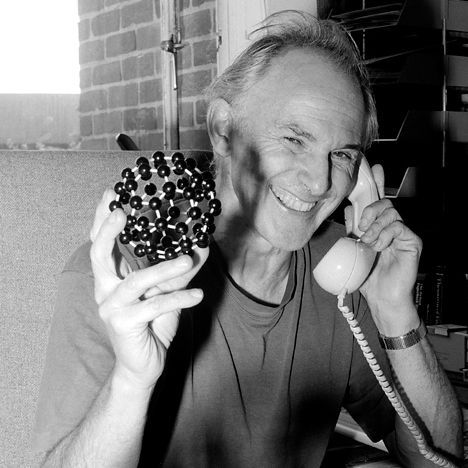
In 1986, Sussex chemist, Professor Harry Kroto, together with Robert Curl and Richard Smalley, discovered a new form of carbon, made up of 60 carbon atoms in the shape of a hollow geodesic shape, rather like a football.
They named it Buckminsterfullerene (or, affectionately, ‘buckyball’) and found that it had amazing properties for the creation of superstrength materials and the potential for a range of applications in pharmacy, medicine, and nanoscience and nanotechnology.
The discovery, which earned the trio of researchers the Nobel Prize in Chemistry in 1996 and a Knighthood for Sir Harry in the same year, is considered one of the most important in science in the last half century.
MarinaTex
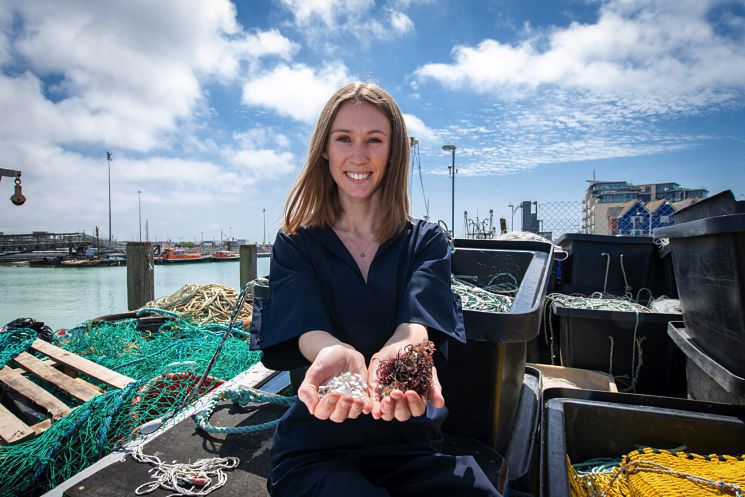
Product design student Lucy Hughes experimented with fish waste, algae and a blender in her parents’ kitchen to create her bioplastic, MarinaTex, for her final-year project.
Her invention earned her an International James Dyson Award and she has now received research and development money to make it a commercial success.
The Product Design degree course at Sussex, within the School of Engineering and Informatics, encourages students to focus on creating products that meet the needs of a circular economy model that is restorative and regenerative.
Virginia Woolf’s diaries
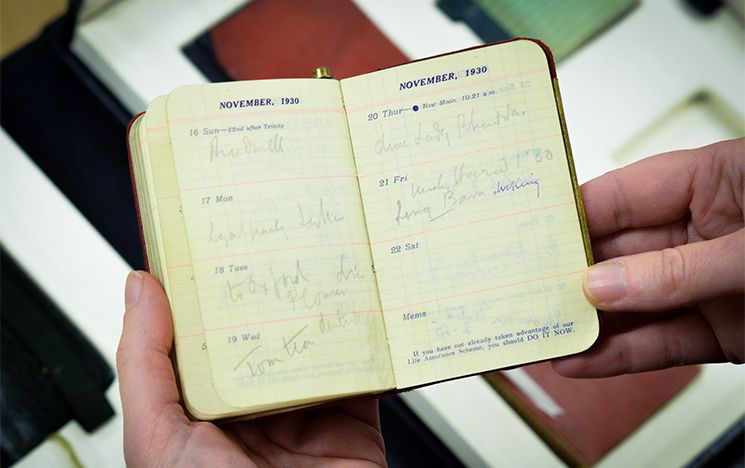
Among the many treasures in the safe keeping of the University of Sussex are eight of Virginia Woolf’s engagement diaries.
Bought by the University in 2013, they document the writer’s daily appointments with the likes of TS Eliot and EM Forster, and contain a poignant last entry by her husband, Leonard. The single word ‘died’ appears on 28 March 1941, the day Virginia drowned herself in the River Ouse, near her home in Rodmell, East Sussex.
These diaries, as well as other manuscripts and personal documents of celebrated writers and thinkers of the 20th century, are part of the University’s Special Collections and are available to view at The Keep.
Hallucination machine
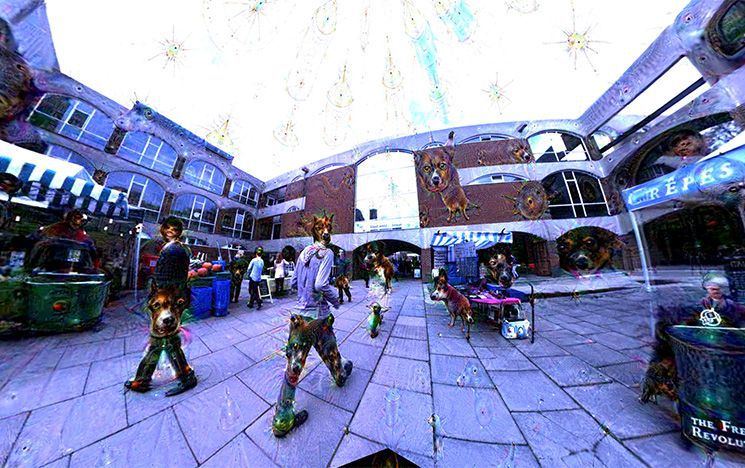
Drs Keisuke Suzuki and David Schwartzman combined Google’s Deep Dream artificial neural network with a virtual reality headset to create what they are calling the ‘hallucination machine’.
The setup simulates the visual hallucinatory aspects of a psychedelic ‘trip’. Anyone who puts on the headset is soon experiencing a weird world in which vivid hallucinations of dogs, cars and peacocks appear in the sky, on buildings, on humans – in fact, all over the panoramic view.
The research is among the many fascinating consciousness science projects carried out at Sussex, including studies on synaesthesia, neuroimaging and interoception.
Sussex Honey
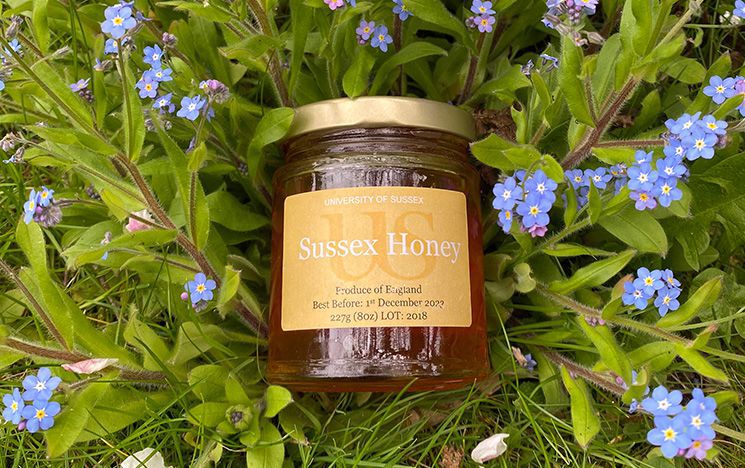
Made by our own bees on campus, Sussex Honey is delicious, healthy and helping to save the planet.
It’s made by researchers in the Laboratory of Apiculture and Social Insects (LASI), who are looking into diseases that affect honey bees and what can be done to increase populations. LASI were behind an initiative to create wild flower beds on campus to increase pollinators such as bees, who are essential for maintaining ecosystems.
Another Sussex research group exploring the behaviour and conservation of bumble bees is led by Dave Goulson, Professor of Biology and author of the best-selling popular science book about the ‘apocalyptic’ decline of insects, Silent Earth.
Pop-up quantum computing lab
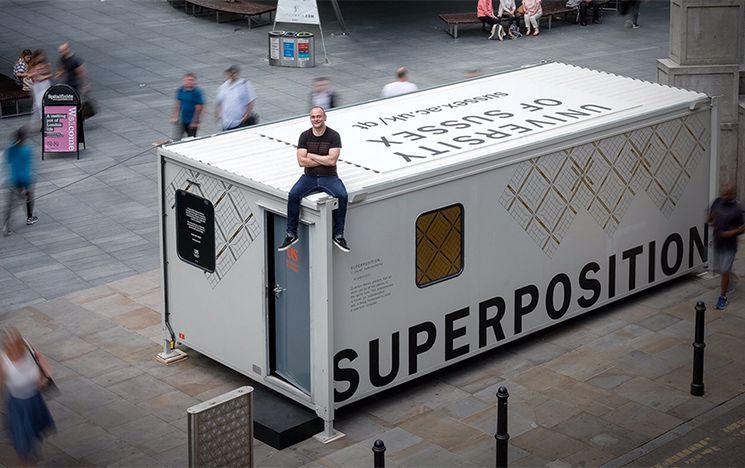
In 2017, our scientists helped members of the public in London and Brighton to understand the mind-boggling concepts behind a quantum computer through an innovative walk-in installation.
The public could explore a virtual quantum computing laboratory and see the four key elements that make up this unbelievably fast machine – the most powerful computer in the world.
The Sussex Centre for Quantum Technologies, is where our eight research groups are harnessing and exploiting quantum physics research in order to create transformational commercial products with the potential to change the way we live and work.
12 Women in Academia exhibition
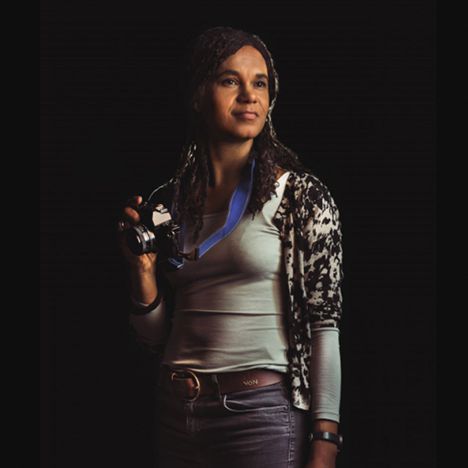
To celebrate our amazing academics, in 2016 we commissioned Sussex alumna and celebrated fine-art photographer Miss Aniela to photograph 12 of our female researchers.
Each of the women selected an object that helped to represent an aspect of their work or one that held significance in their careers. They ranged from a Rubik’s cube, to binoculars, to Ethiopian artefacts.
The photographs were exhibited in the Upper Waiting Hall in the House of Parliament in 2018, and also in Brighton and at our Attenborough Centre for the Creative Arts. They now hang in the Library.
The Kindness Test
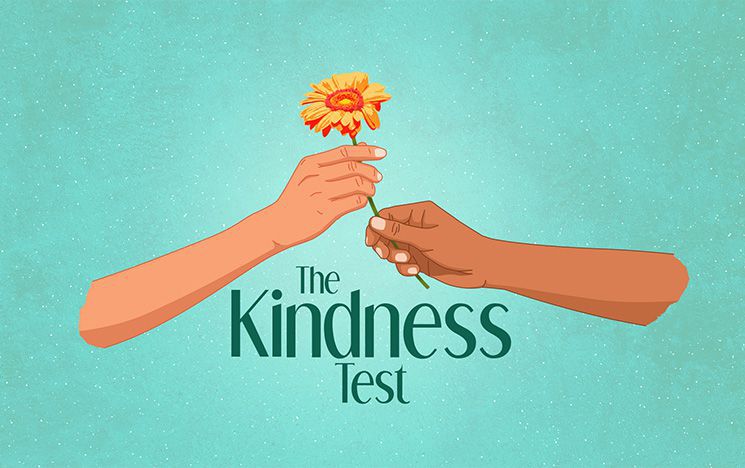
Kindness means a lot to us at Sussex. It’s one of the core values (alongside collaboration, courage, integrity and inclusion) in our 2025 Strategy and it’s also a key area of research.
In 2021 the University partnered with BBC Radio 4 to set up a research project on kindness. More than 60,000 people across the globe completed The Kindness Test questionnaire online, revealing how attitudes and acts of compassion are viewed across society.
The results are being shared in a BBC series, The Anatomy of Kindness, while our psychologists are pursuing knowledge on aspects of the results, such as the most common acts of kindness, and how kindness is valued in the workplace.
Mass Observation archive
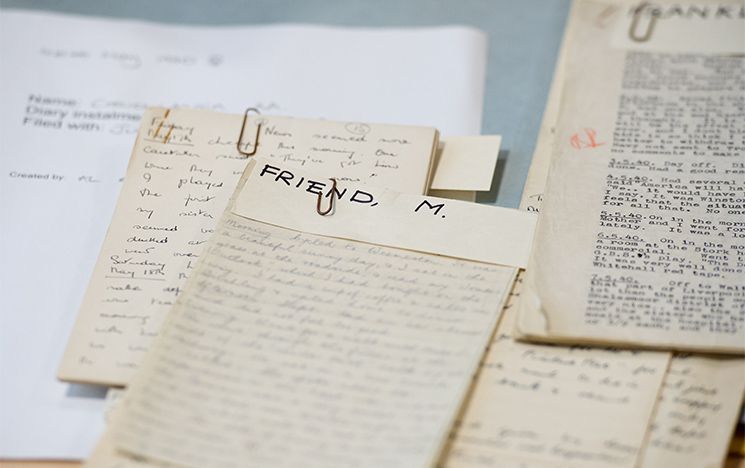
One of the most viewed and historically valuable items in the University’s Special Collections is the Mass Observation Archive.
Now housed in The Keep, this vast collection of writings about everyday life by volunteer contributors creates a detailed and highly personal picture of Britain since the 1930s.
From what we used to eat, to what we think of the Royal Family, to how we view war – the writings have inspired novels and screenplays as well as academic study. It continues to grow, with directives such as the annual 12 May Diary Day for anyone who would like to submit an account of their own lives on that day.
Sussex Racing electric car
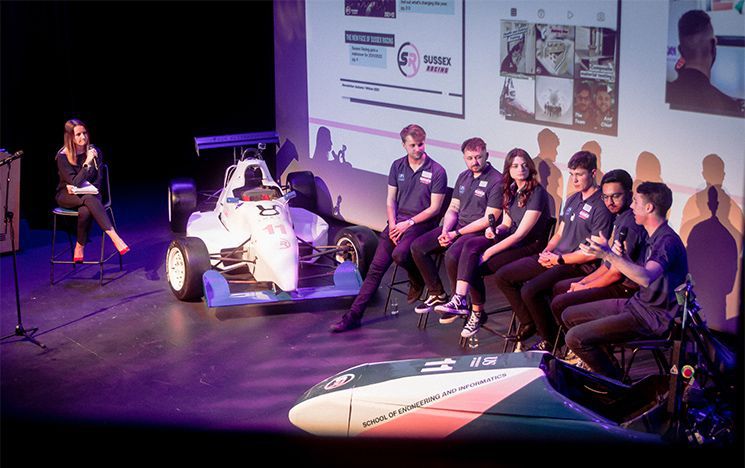
Every year, a team of Masters and third-year students in Automotive and Mechanical Engineering develop and race a single-seater, F1-styled car for an inter-university international competition.
For our 60th anniversary year, the 37-strong Sussex Racing team are building the University’s first sustainable electric car. They are hoping to achieve a top ten position against more than 100 other teams competing in July 2022 at Silverstone, the home of the British Grand Prix. This year is also the first time that students from the University of Sussex Business School are part of the wider team.
Formula Student is run by the Institute of Mechanical Engineers and is Europe’s most-established educational motor sport competition.